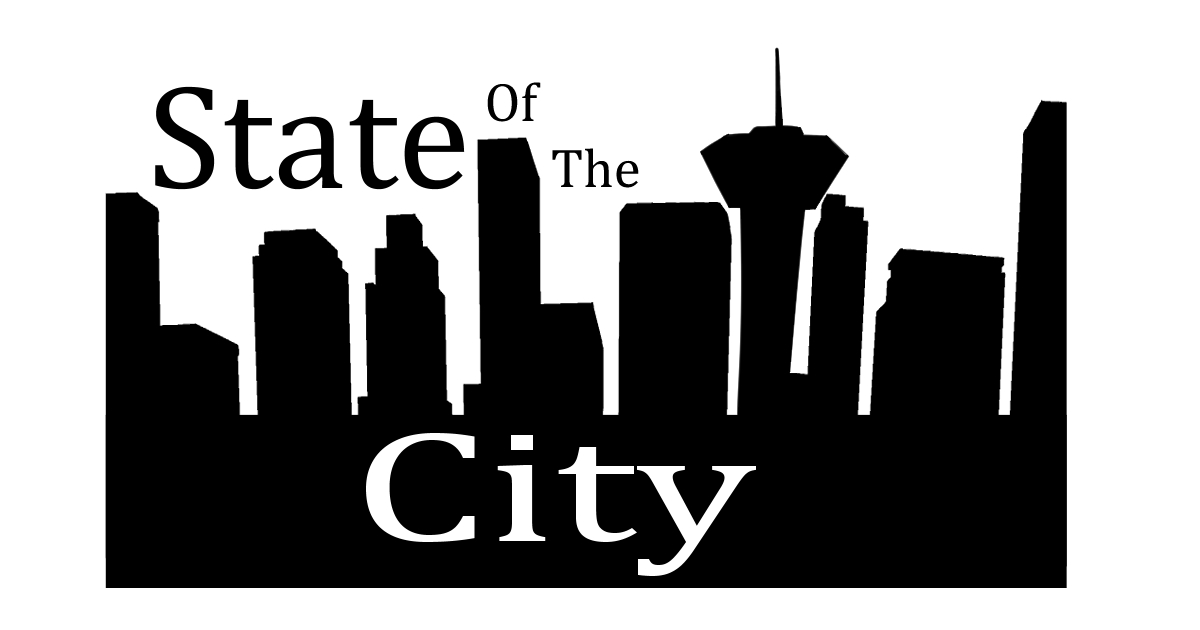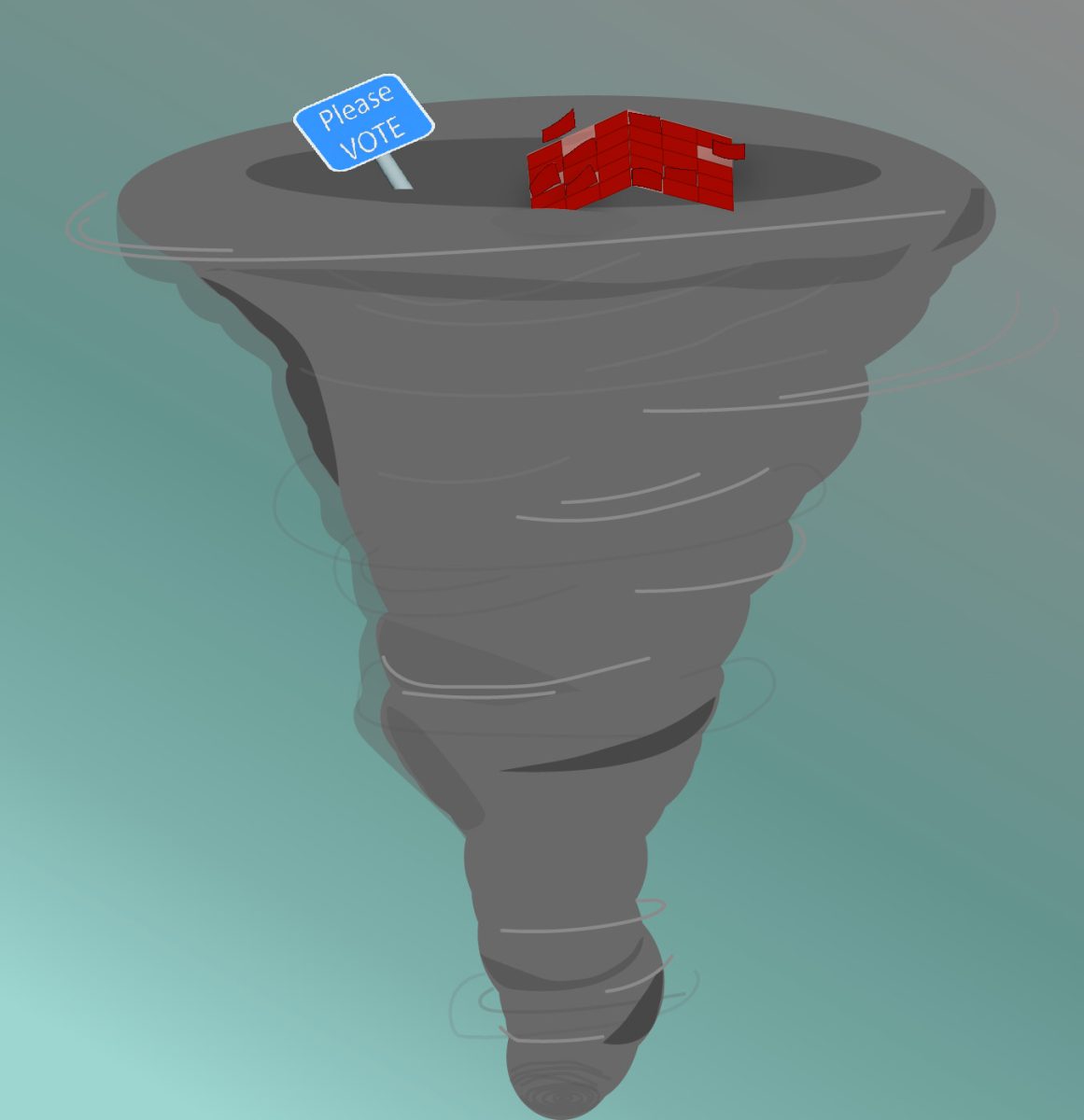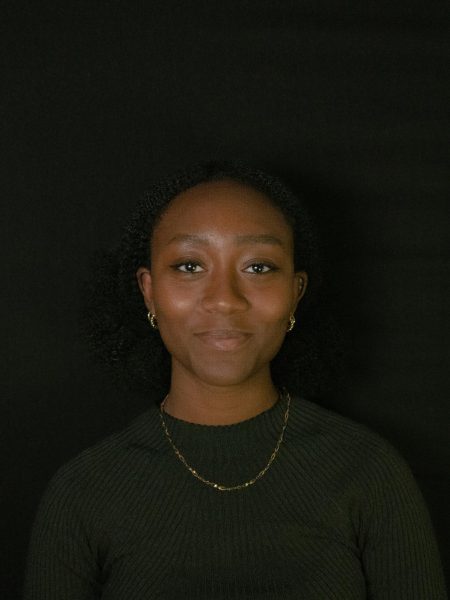UTSA Libraries’ Open Educational Resources (OER) are changing the landscape of expensive educational materials on campus. Through open licensing, digital and print textbooks, videos, class assignments, exercises and more can be utilized in class curriculums at no or low cost. Open Education Coordinator DeeAnn Ivie and the UTSA Libraries team are looking to increase the use of these materials in core curriculum classes — classes that are eligible for transfer credit to other Texas institutions — to as close as 100% within the next five to seven years.
Last year, UTSA Libraries received a $10,000 grant from Driving Open Educational Resources Sustainability for Student Success (DOERS3) to develop further efforts after saving students over $10 million in six years through their Adopt-a-Textbook program. UTSA Libraries distribute grants to faculty as an incentive to “adopt” openly licensed materials and integrate the resource into their lesson plans. Faculty would be free to modify and shape the content to their needs. In 2022, the library subscribed to a platform called Pressbooks so faculty may develop their own OER.
Currently, one main focus is spreading awareness of OER to increase use and resources.
“One of the things that a lot of students are not aware of is that when they are registering for courses, we have filters for courses that use free textbooks and low-cost textbooks,” she said. The filter has been in place for seven years and has been required by state law as of 2017, though occasionally, faculty forget to report and mark their course as such.
Students can check out certain textbooks at the library or request the library purchase a copy, although the request is not guaranteed to be granted. Publishers may place restrictions that bar the library from doing so.
“What students can do is ask their professor,” Ivie suggested. “This is hard from a student perspective because you feel very vulnerable; it wasn’t something I felt confident [doing], approaching my professor and asking them, ‘hey, can you place a copy of this book in the library, or can you request it?’’’
Ivie commends SGA President Zachary Nepote for his collaboration in representing students and increasing involvement in the initiative. Together, they have organized Open Education Week from March 4 to 8 to provide information to the campus. On Mar. 6, from 11 a.m. to 2 p.m., SGA will be tabling under the Sombrilla to collect student experiences with textbooks at UTSA through an anonymous form. The table will offer bookmarks on how to find free and low-cost textbook courses.
“If you are interested in sharing your experience with textbooks with us as part of [DOERS3], we would love it. Because what we’re going to do is take that feedback to UTSA leadership and share it with them,” commented Ivie. “We’re going to have a lot of things going on at that student tabling event, but one of the things that we want to do too is recognize our faculty that are doing this. Because whenever you have that positive reinforcement, more faculty will see that.”
COLFA and the Department of Math are the two disciplines that received the most grants and integrated OER. Courses such as Texas History or Texas Government are underrepresented, with fewer OER attributions. However, a review of over 600 courses found that OER integration was over 30%.
Integrating OER into classes and making them available to students is complex, and there are challenges in developing and implementing them in courses. Some barriers for faculty sometimes include a “lack of support, lack of time [or] lack of funding.” Committees within departments may decide upon a textbook from Cengage or Pearson in favor of OERs. The library offers training for creating OERs, yet faculty attendance rates are low.
“[Professors] are busy, they’re teaching, and so the training overlaps with their teaching time. What we do try to do is record the trainings so that we can at least share those recordings with them,” Ivie said. Additional support for faculty includes guides, webpages and librarian support in finding appropriate OERs to use, as they are split through several repositories and can be challenging to find.
Another challenge is replacing textbooks with integrated homework and assignments that automatically correct and transfer grades to Canvas. OERs generally do not have this ability. However, Ivie notes that a similar approach can be completed through Lumen learning.
“Lumen Learning offers cartridges that plug into Canvas for faculty. It’s very similar to what commercial textbooks offer. The problem is they’re not really OER. They’re $25. They’re still lower cost. So, definitely, it’s a help for our students that might be paying $300 for that. $25 is way better. It’s still not free.” Ivie notes that the Math department uses Webwork in conjunction with OER materials.
A great benefit of OER is its continued access to students post-graduation if stored on platforms like OpenStax or Pressbooks. No sign-in is required, and since it is virtual, it can be updated so students can utilize the information in their professional careers.
On Mar. 20, a faculty recognition event in the Academic Innovation Center will be held to celebrate the last two years of grant recipients.
“I want our faculty that are doing this work to know how much we appreciate it and that our students appreciate it,” Ivie said. “I think that’s important. It’s something that we haven’t been able to work on recognizing faculty as much.”
For more information about Open Educational Resources at UTSA, visit https://lib.utsa.edu/oer/.








